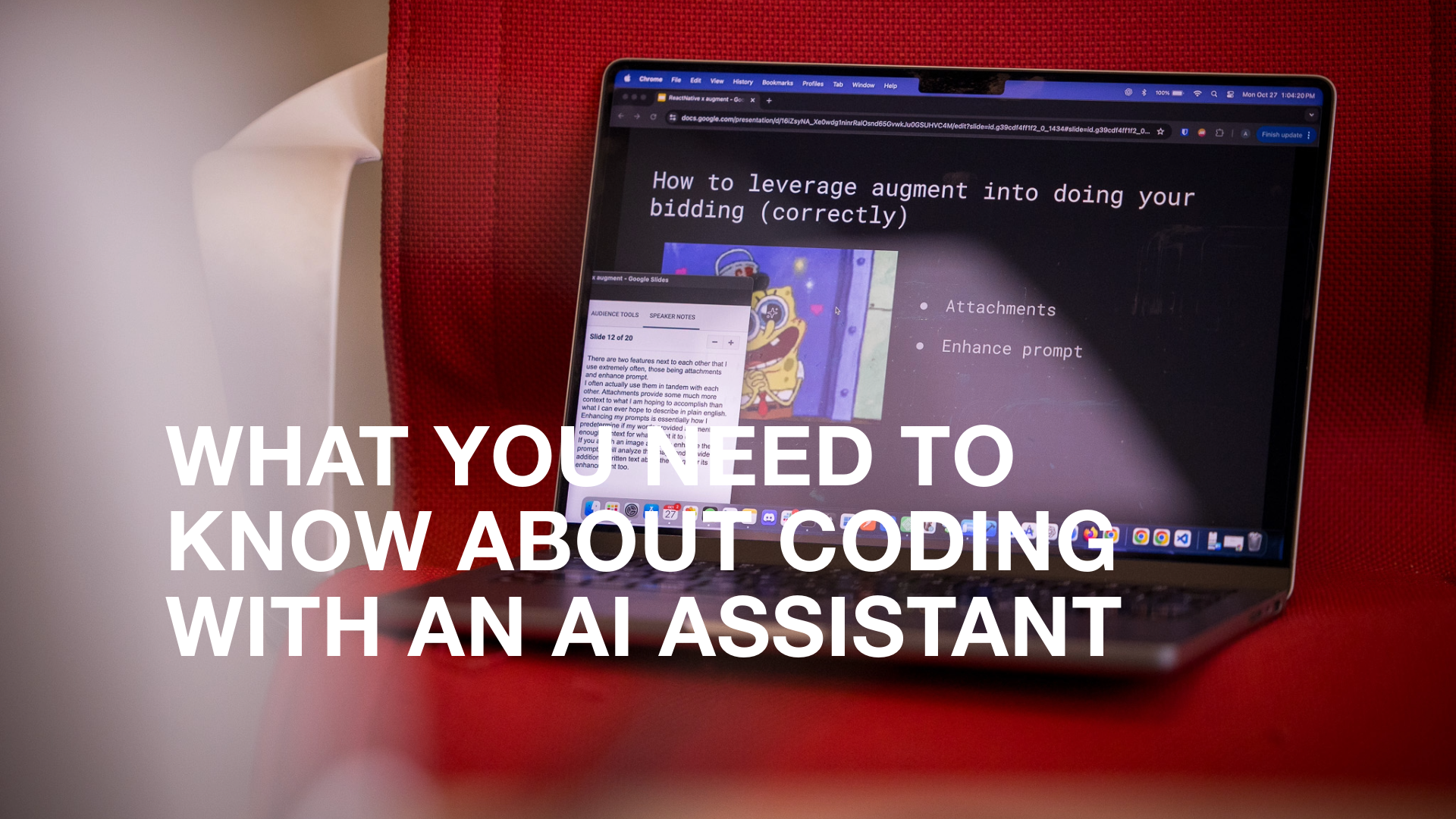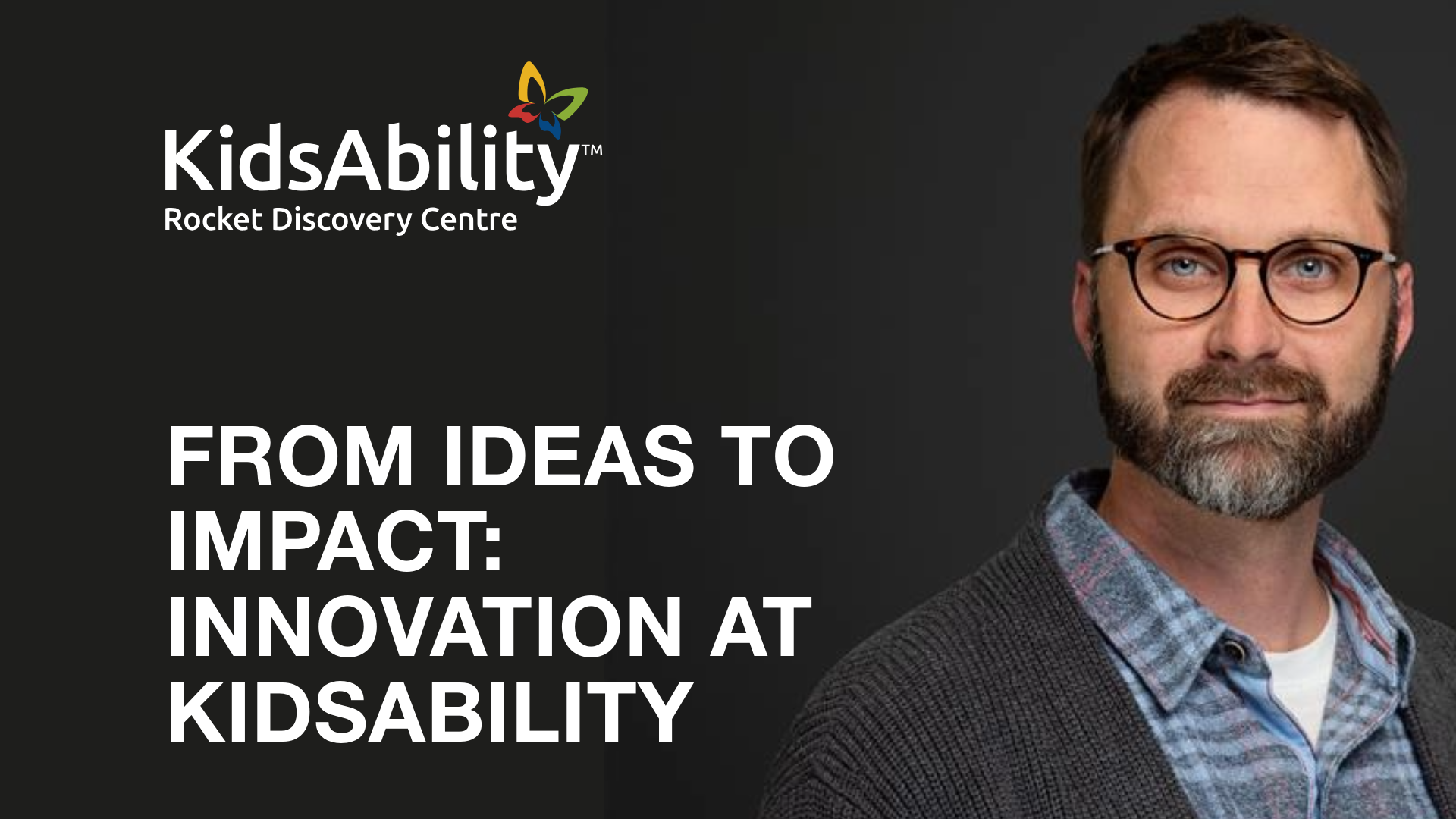All eyes were on the livestream of this year’s OpenAI DevDay keynote on Monday, October 6. Last year’s DevDay was about showing what’s possible with large language models. This year was about putting those possibilities directly into developers’ hands.
OpenAI’s 2025 keynote wasn’t just another model-upgrade announcement. It was a showcase for how AI will change the way we build, deploy, and even think about software and user interfaces (more on that later).
The prompt becomes the UI
The biggest reveal of the day was the new Apps SDK that turns OpenAI’s flagship product into a platform for third-party apps.
Instead of switching between tabs, users can now launch apps like Coursera, Canva, or Zillow inside ChatGPT. In the demo, ChatGPT played a Coursera video while answering questions about what was on-screen, built a dog-walking business poster with Canva, and browsed homes on an interactive Zillow map all within a single chat.
At first glance, our CTO Joe Reda wasn’t sure where this would fit in the real world. But after thinking it through, he saw the potential for more seamless creative workflows in his 3D printing hobby.
“I’ve got a 3D printer, and sometimes I need to design a part from scratch in Fusion 360. I’m not great at it, so I keep ChatGPT open and ask questions like ‘How do I set a constraint?’ If Autodesk used this SDK, that process could be way more integrated.”
That’s the promise. Instead of flipping between your work and your assistant, you’ll have one unified workspace.
Building AI that actually does things
If you’ve experimented with “AI agents” before, you know how messy orchestration can get with prompts, tools, APIs, evals, and guardrails all held together with duct tape. OpenAI’s new Agent Kit aims to change that.
Agent Kit provides everything you need to go from prototype to production:
- Agent Builder: a visual workflow canvas
- Chat Kit: a customizable chat interface for your own site
- Evals for Agents: tracing and testing tools
- Connector Registry: a secure connector for internal data and third-party APIs
In an on-stage demo, OpenAI engineer Christina Huang built and deployed a working event-assistant agent in under eight minutes, complete with personality, moderation, and live data.
Reda compared it to Apple’s branding playbook.
“I like how they borrow Apple’s terminology for everything being a ‘Kit,’” he joked. “But Agent Kit does look like a full toolkit for building and deploying agents, and it just locks you into OpenAI’s world.”
That trade-off might be worth it. For dev teams, Agent Kit could finally make agentic coding feel more like building in Figma than wrestling with prompt chains.
The rise of the AI teammate
Codex officially graduated from research preview and now runs on GPT-5 Codex, a model fine-tuned for collaborative coding. It’s integrated everywhere, including IDEs, terminals, GitHub, and now Slack. GPT-5 Codex is redefining what “AI pair programming” really means.
“They’re promoting something that real developers don’t quite do yet. In reality, you still get better results by giving small, iterative requests. But maybe that’s the point. They’re pushing the frontier,” Reda said.
That frontier — moving from typing code to talking code — is where Codex is headed. And with engineers at OpenAI reportedly completing 70 percent more pull requests each week using Codex, it’s hard to argue the momentum isn’t real.
Why it matters
The through-line in every announcement was clear: AI is moving from conversation to creation/ ChatGPT isn’t just a chatbot anymore. It’s becoming an operating system for AI experiences.
For developers and businesses alike, that means faster iteration, tighter feedback loops, and an entirely new layer of integration between tools and teams.
At BitBakery, we’ve always loved the idea that the prompt is the new UI — as Joe joked, like Kramer’s “Moviefone” bit in Seinfeld: “Why don’t you just tell me what movie you want to see?”
That’s the essence of what OpenAI is building. A world where you don’t click or code, you just tell the system what you want, and it does the rest.
“You don’t need a huge team,” Sam Altman said on stage. “You need a good idea.”




